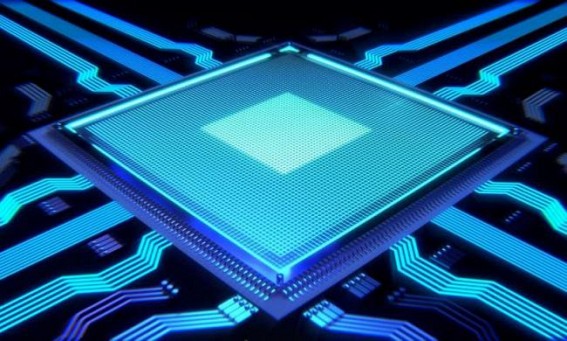TIWN

London, Nov 30 (TIWN) A first-of-a-kind electro-optical device that provides solution to faster and more energy-efficient computing memories and processors has been developed by scientists in Harish Bhaskaran's Advanced Nanoscale Engineering research group at the University of Oxford.
In collaboration with researchers at the universities of Münster and Exeter, scientists have created a first-of-a-kind electro-optical device which bridges the fields of optical and electronic computing. This provides an elegant solution to achieving faster and more energy efficient memories and processors. Computing at the speed of light has been an enticing but elusive prospect, but with this development it's now in tangible proximity. Using light to encode as well as transfer information enables these processes to occur at the ultimate speed limit—that of light. While as of recently, using light for certain processes has been experimentally demonstrated, a compact device to interface with the electronic architecture of traditional computers has been lacking. The incompatibility of electrical and light-based computing fundamentally stems from the different interaction volumes that electrons and photons operate in. Electrical chips need to be small to operate efficiently, whereas optical chips need to be large, as the wavelength of light is larger than that of electrons. To overcome this challenging problem the scientists came up with a solution to confine light into nanoscopic dimensions, as detailed in their paper Plasmonic nanogap enhanced phase change devices with dual electrical-optical functionality published in Science Advances, 29 November 2019.
They created a design which allowed them to compress light into a nano-sized volume through what is known as surface plasmon polariton. The dramatic size reduction in conjunction with the significantly increased energy density is what has allowed them to bridge the apparent incompatibility of photons and electrons for data storage and computation. More specifically, it was shown that by sending either electrical or optical signals, the state of a photo- and electro-sensitive material was transformed between two different states of molecular order. Further, the state of this phase-transforming material was read out by either light or electronics thereby making the device the first electro-optical nanoscale memory cell with non-volatile characteristics.
- The death toll in Iran's government crackdown is feared to be as high as 20,000
- Kazakhstan Seeks US and European Help Securing Oil Transport
- Trump's DOJ Probes Raise Concerns of Political Motivations
- Denmark and Greenland in High-Stakes Meeting with US Over Island Control
- Iran Warns Neighbors of Potential US Base Attacks



